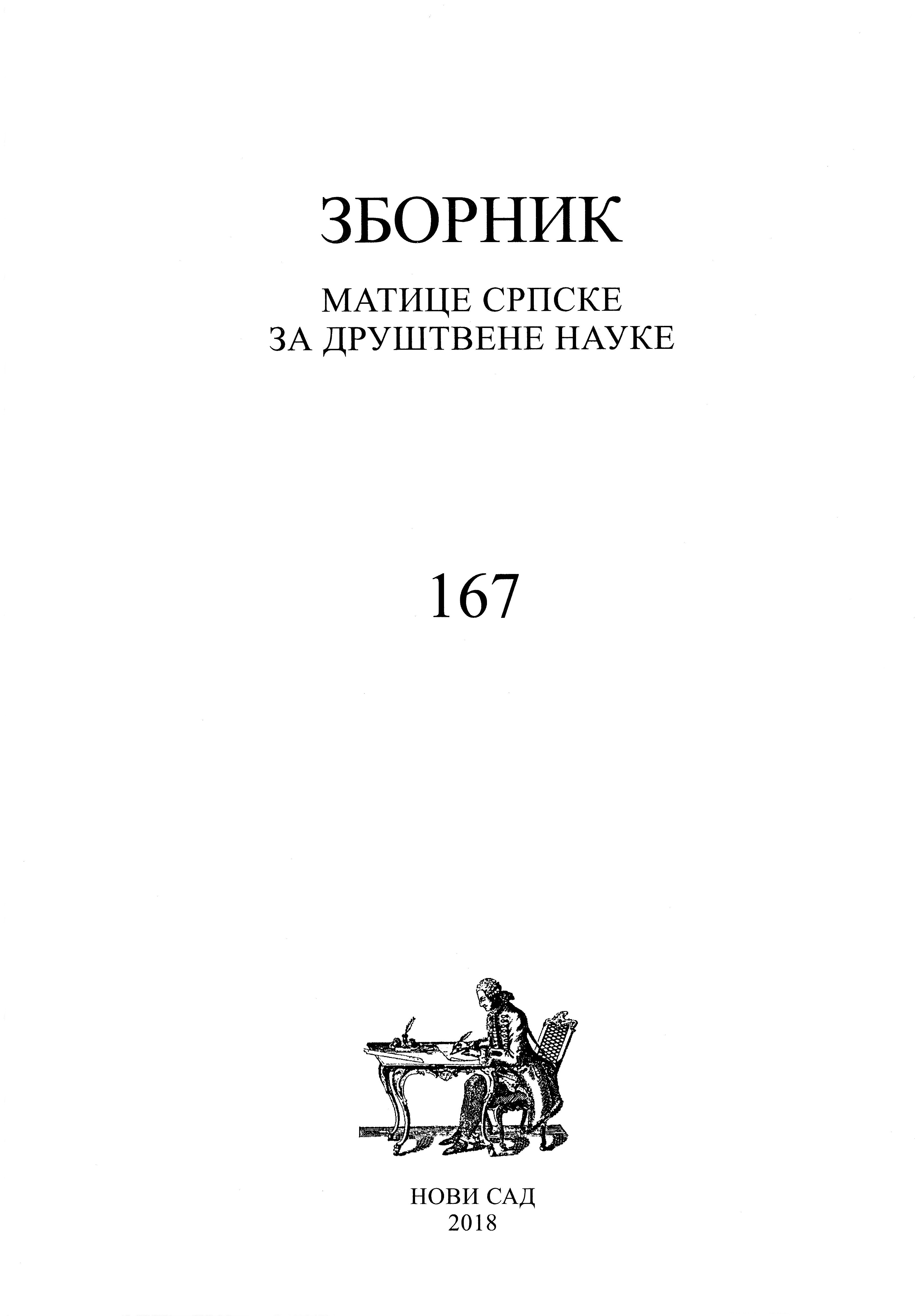Значај старосне структуре становништва при дефинисању мера популационе политике
Significance of Age-Sex Structure in Defining Population Policy Measures
Author(s): Ivan Ž. MarinkovićSubject(s): Demography and human biology
Published by: Матица српска
Keywords: Age structure; population policy; population projections; Serbia
Summary/Abstract: Serbia in the second decade of the 21st century is one of the demographically oldest countries of the world with marked depopulation. The prolongation of life expectancy and the long-term fertility below the level needed for population replacement, as well as the emigration of predominantly young people, are the main factors for demographic aging in Serbia and the current decrease in population size. As a result of decades-long adverse demographic trends, the age structure is increasingly becoming a limiting factor in defining population policy measures. In the period between years 1991 and 2011, the cohort of women aged between 15–49 years decreased by 250 thousand, and at the same time the population of women in the so-called optimal reproductive age (20–34 years) decreased by almost 90 thousand. Mathematical simulations, in which the current distribution of the population of Serbia by age and sex is projected in the coming decades, will show what the result can be expected with the growth of fertility, the prolongation of life expectancy and influx of young immigrants. In particular, the focus will be on the constraints imposed by the inherited age structure on the population dynamics. The notion of demographic inertia will be considered and whether the depopulation effect is unstoppable in the next few decades. We discuss possibilities and constraints in establishing population policy measures.
Journal: Зборник Матице српске за друштвене науке
- Issue Year: 2018
- Issue No: 167
- Page Range: 537-545
- Page Count: 9
- Language: Serbian

